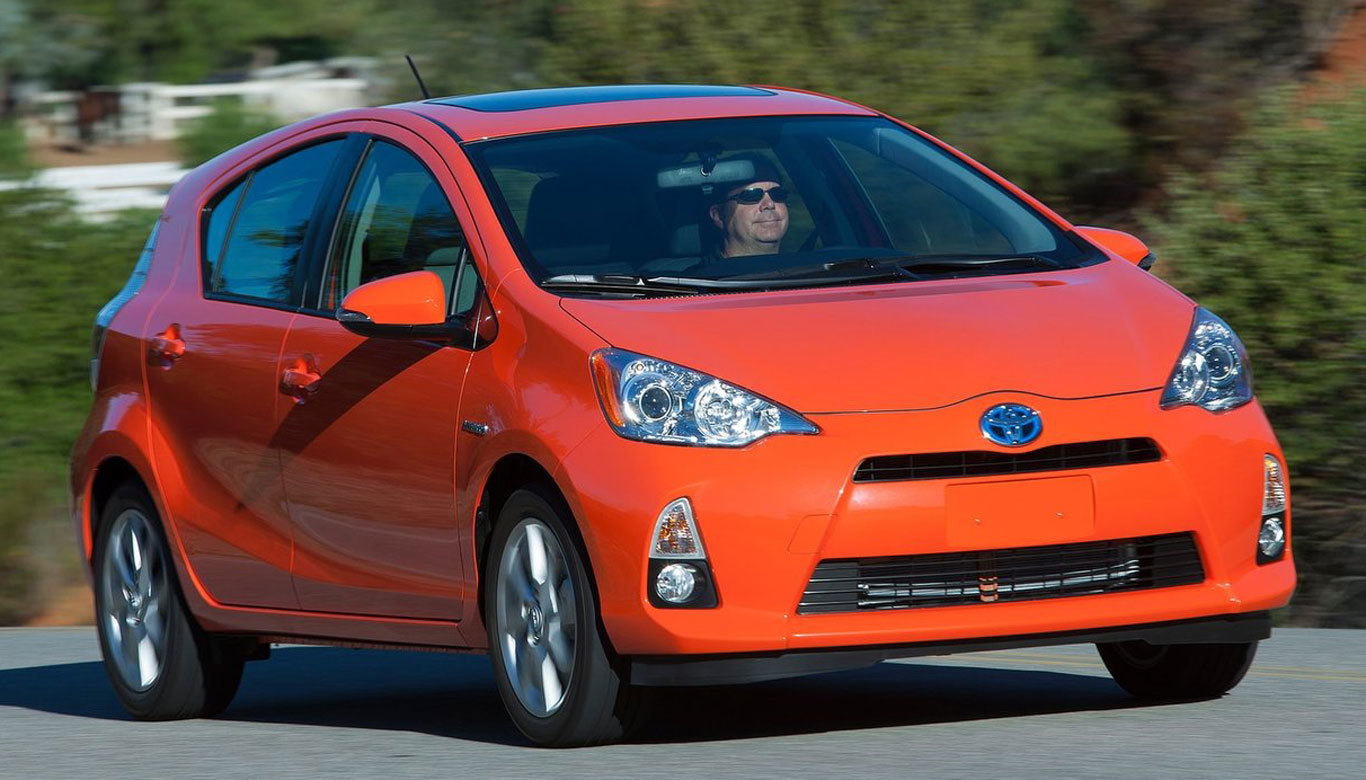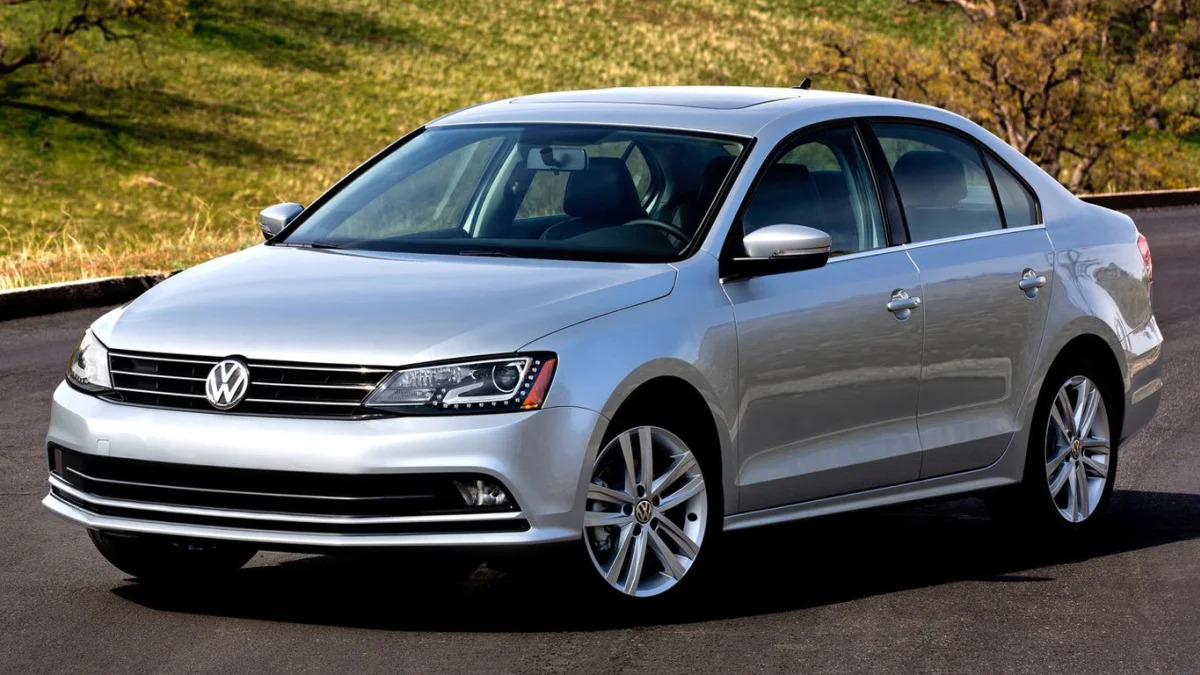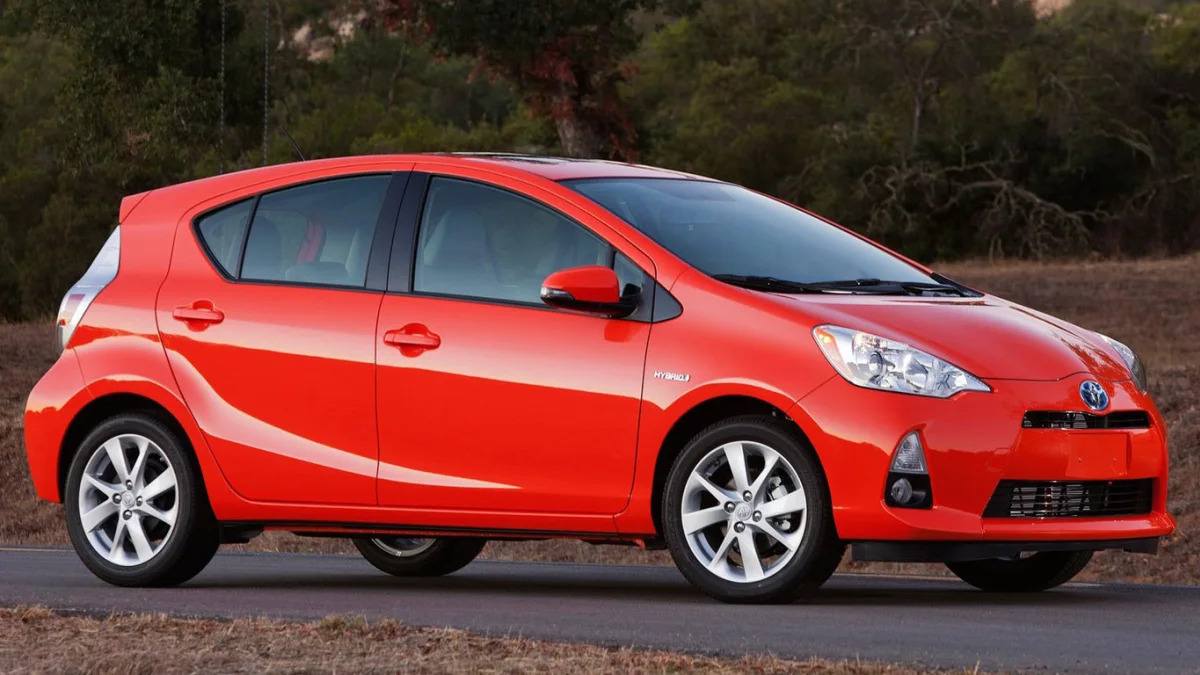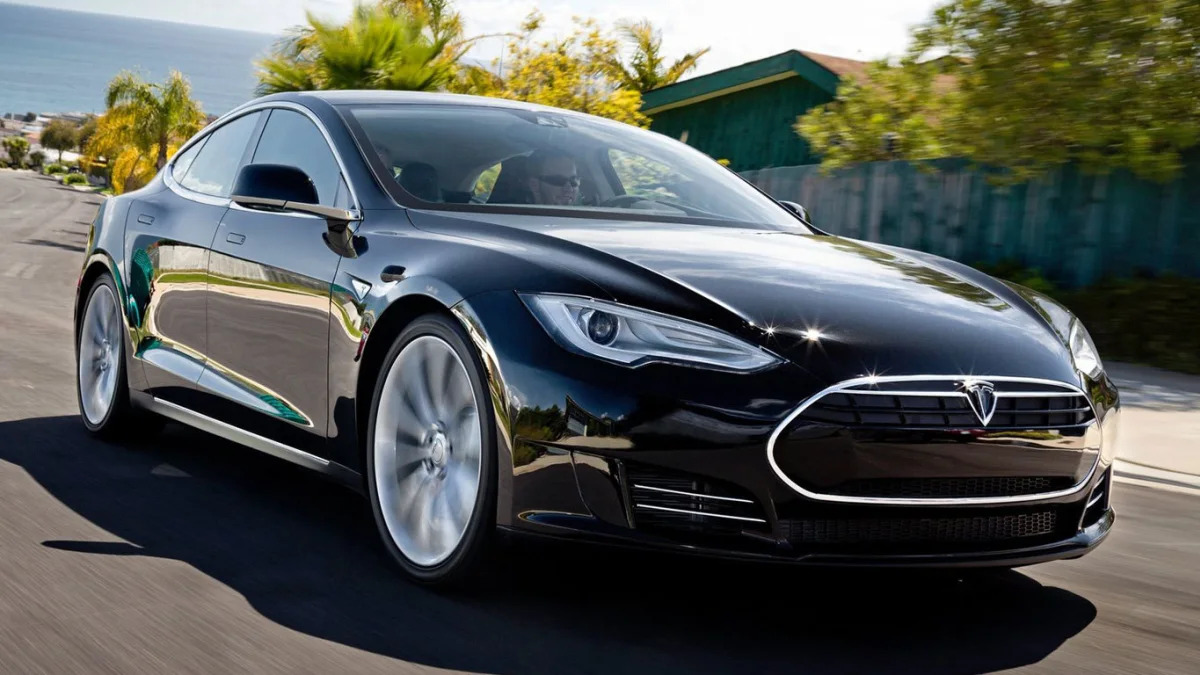Which Green Car Is Right For You?

-

- Image Credit: Toyota
So if you are ready to take the plunge into a green car, just how do you choose? Here's an overview of each type to help you determine which one is right for you. -
- Image Credit: VW
Clean Diesel
Diesel engines have been around for a long time and have not been the noisy, smelly contraptions associated with diesel cars for many years. Today's so-called clean diesels generally cost more initially than their gasoline counterparts, but will save you money over time.
Diesel fuel is typically comparable in cost to premium gasoline (the price fluctuates above and below), but diesel cars get substantially better fuel economy than their gasoline siblings, saving 10 to 25 percent on fuel costs overall. In addition, diesel cars generally hold their value better, reducing overall ownership costs. Many diesels offer a sportier driving experience, making them fun to drive without costing more.
There are currently 27 diesels on the market ranging from the Volkswagen Jetta TDI (pictured), which starts at $21,295 to the BMW 740 Ld, which starts at $82,500.
Research More
See New Diesel Vehicles -
- Image Credit: Toyota
Hybrid
Hybrids use both a gasoline engine and an electric motor to power the vehicle. Typically these cars are designed with a smaller engine with power supplemented by the electric motor to provide performance comparable to their gasoline-only counterparts, only using far less fuel.
There are more than 40 hybrid cars on the market with many options priced around $26,000 or less. With a starting price of $18,725, the Honda Insight is the cheapest model current available, followed closely by the Toyota Prius c (pictured) with an MSRP of $19,080.
Because electric motors provide continuous torque right from initial acceleration, some automakers make high performance hybrids, which provide more power than their gasoline-only counterparts without dramatically reducing fuel economy. An example of this type of hybrid execution is the Lexus LS 600h L, which produces 438 horsepower and gets 20 combined mpg, while the non-hybrid Lexus LS 460 produces 386 horsepower and gets 19 combined mpg.
Research More
See New Hybrid Vehicles -
- Image Credit: Porsche
Plug-In Hybrid
Like hybrid cars, plug-in hybrids have a gasoline engine and an electric motor. The difference is that plug-in hybrids can run on their electric motor alone. These cars have similar overall driving ranges of their gasoline-only counterparts, but can go around 13-38 miles on electric power alone before the gasoline engine kicks in or they must be recharged.
Most of these cars operate like hybrids once the battery is depleted. Notably, though, the Chevrolet Volt and the Cadillac ELR use their gasoline engine essentially as an on-board generator that recharges the battery, so the electric motor alone is always driving the wheels.
To recharge the battery that powers the electric motor on all plug-in hybrid cars, consumers can plug into a regular 110-volt outlet for an extended period, or use a more powerful Level 2 charger to charge in as little as 30 minutes.
The least expensive plug-in hybrid on the market is the Toyota Prius Plug-In Hybrid, which starts at $29,990, while the Porsche Panamera S E-Hybrid tops out the segment with a starting price of $99,000. Plug-in hybrids currently on the market have federal tax credits available of at least $2,500 and up to $7,500, depending on the range they can travel on electric power alone.
Research More
See New Hybrid Vehicles -
- Image Credit: Tesla
Electric
Electric cars are vehicles that have no engine and run solely on electric power. They are offered in a wide range of body styles including subcompacts, mid-sized sedans and small SUVs. Most electric cars have a range of 60 to 100 miles, though the Tesla Model S (pictured) luxury sedan has trim levels that achieve up to 265 miles. Since most American drivers travel no more than 50 miles per day, they make suitable commuter cars, but are not yet practical for most longer trips.
Electric cars must be plugged in once their batteries are depleted. The fastest charge comes from a Level 2 charger (versus a standard 110 outlet, which you can find in your home), which can be installed in a garage via a 220/240 volt outlet or used at a public charging station. In most instances, a full charge takes at least four hours in a Level 2 charger, though Tesla has a proprietary system that can provide half the battery capacity in as little as 20 minutes, making road trips in certain areas feasible.
There are currently 10 pure electric cars on the market with most priced from $26,000 to $36,000, though all electric cars currently come with a $7,500 federal tax credit. Many automakers are offering cut-rate leases that bring the cost of electric cars down to as little as $199 a month, making it a much cheaper alternative than gasoline cars for many drivers from a monthly payment -- and fuel cost -- standpoint.
Research More
See New Electric Vehicles



